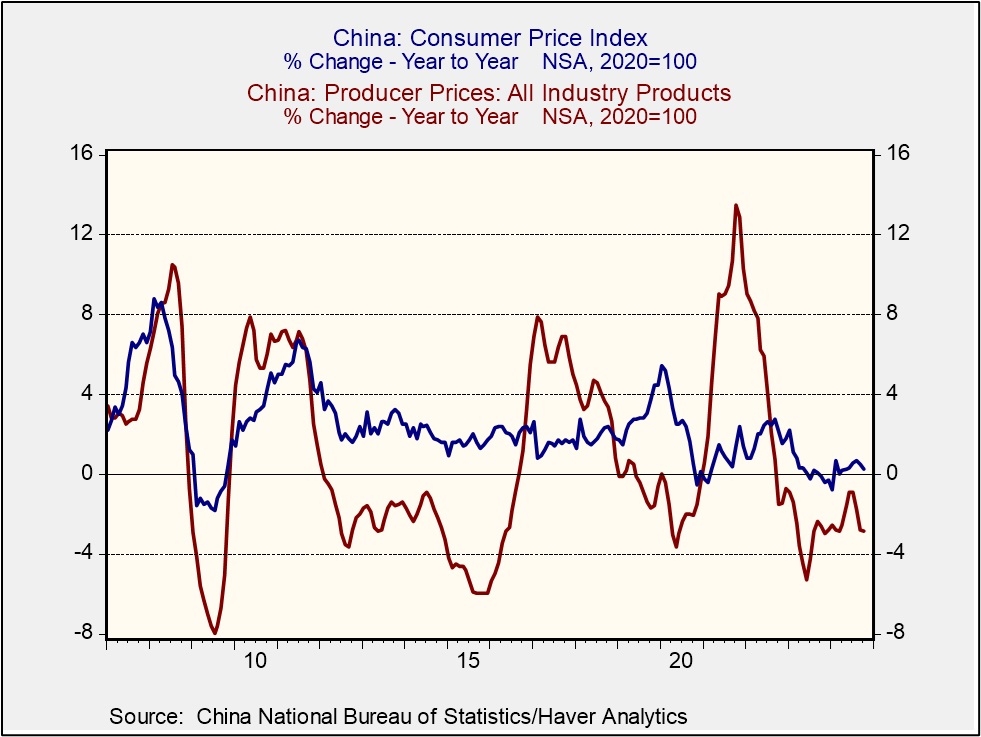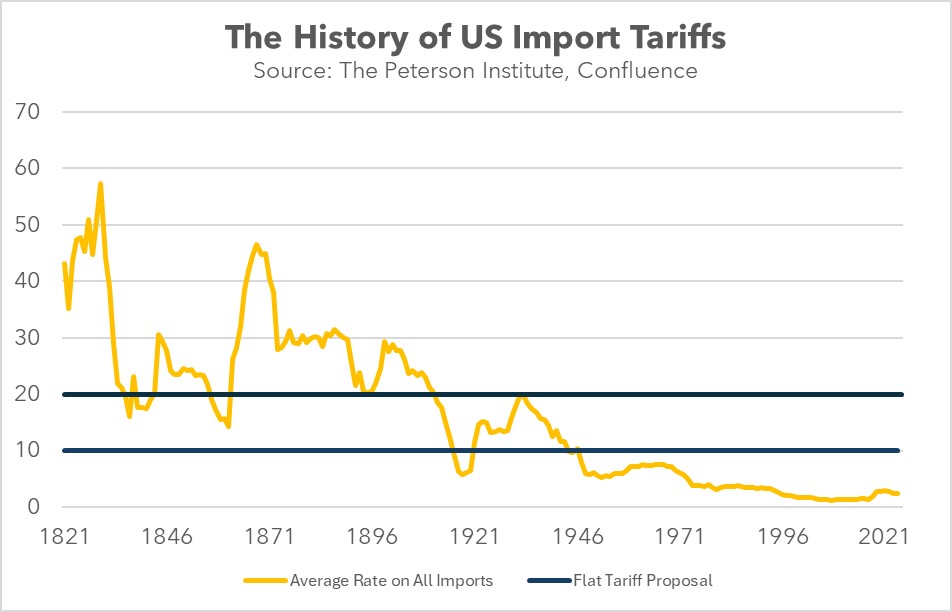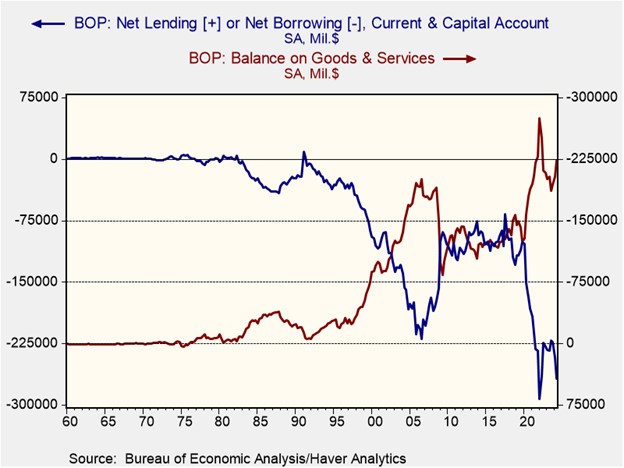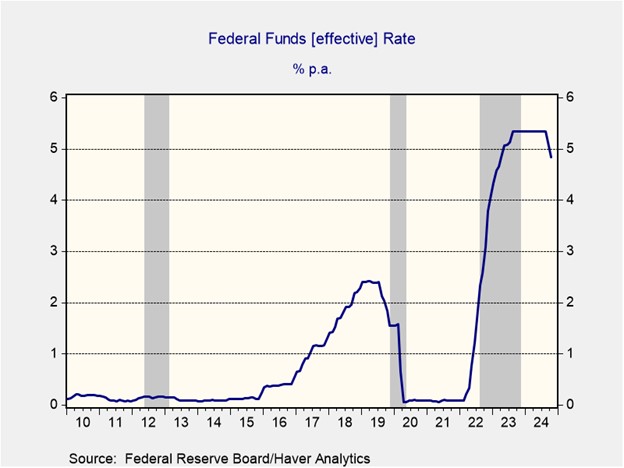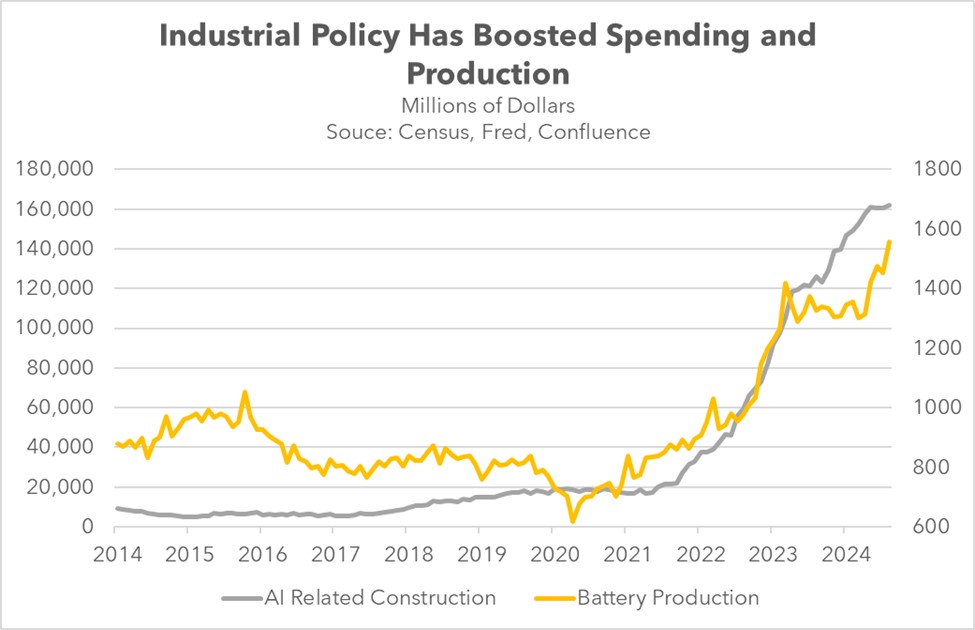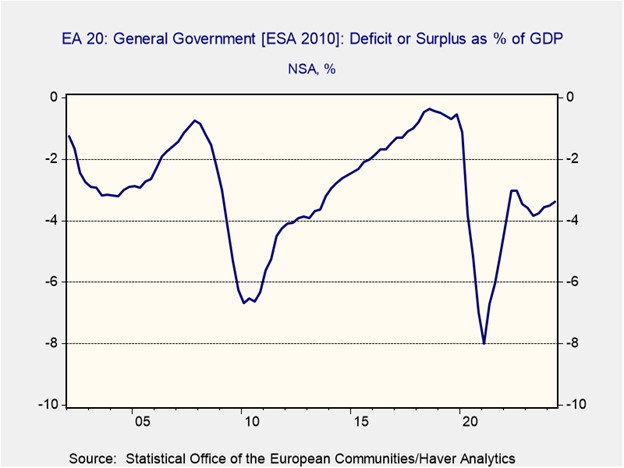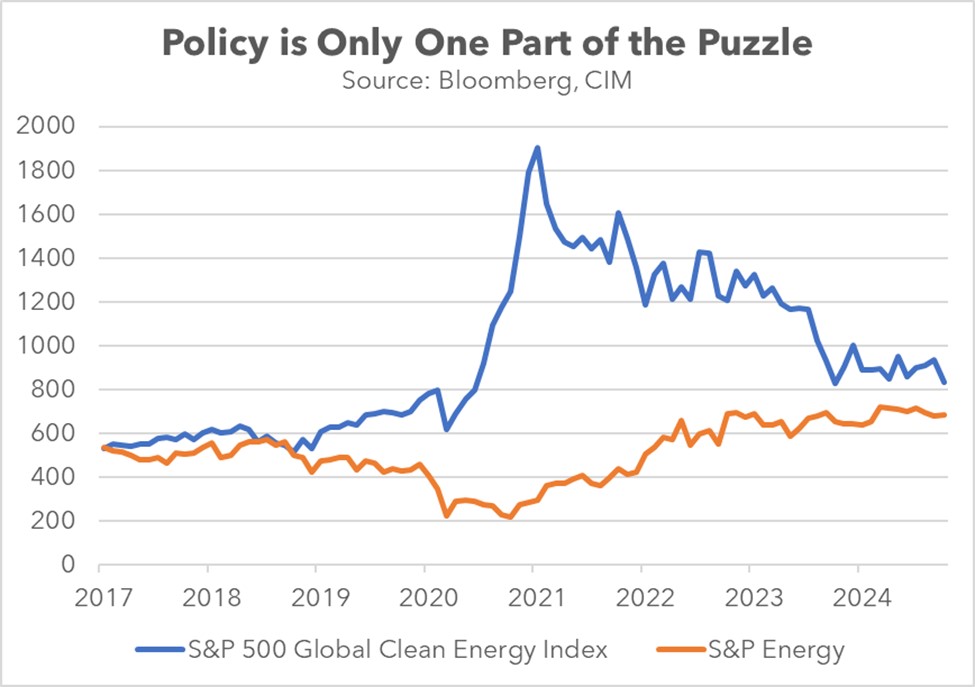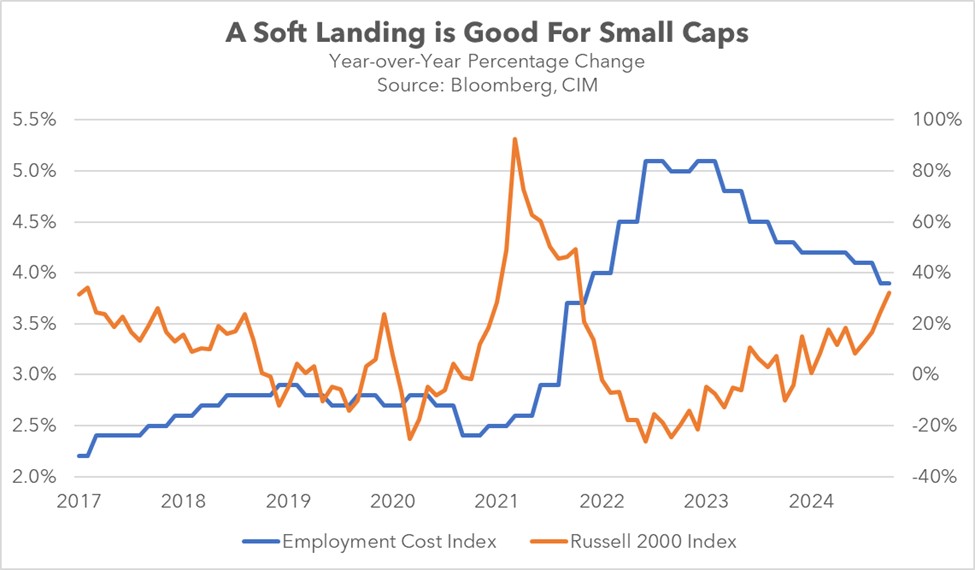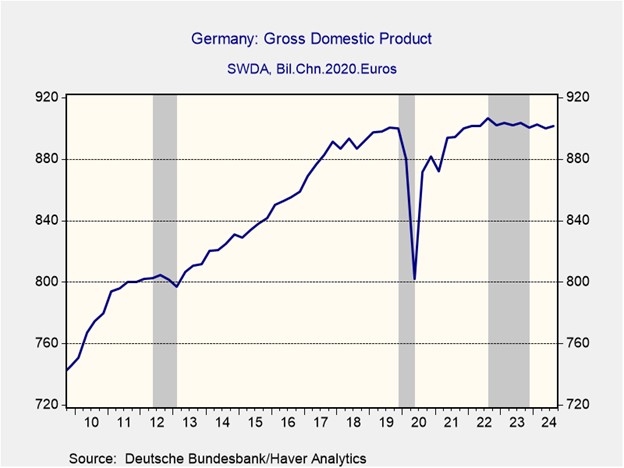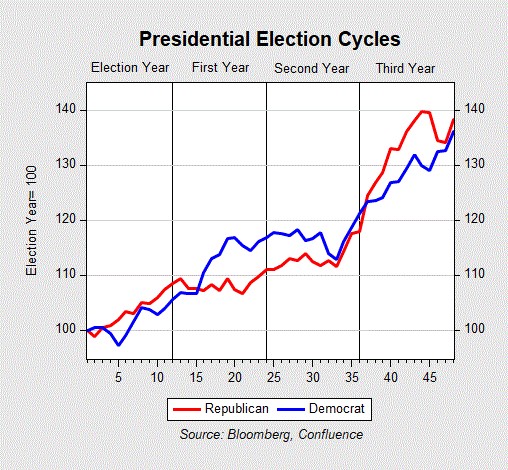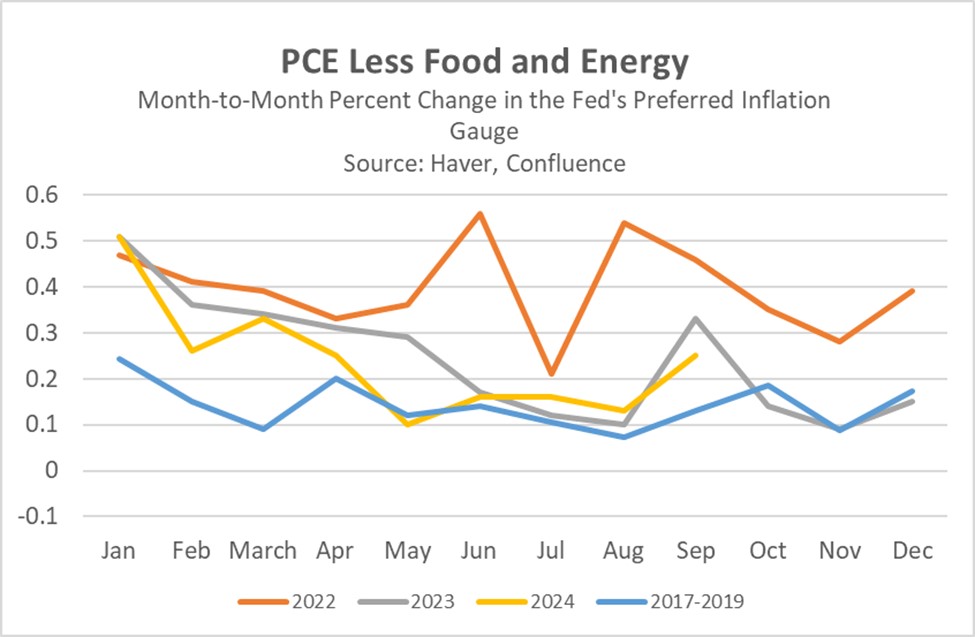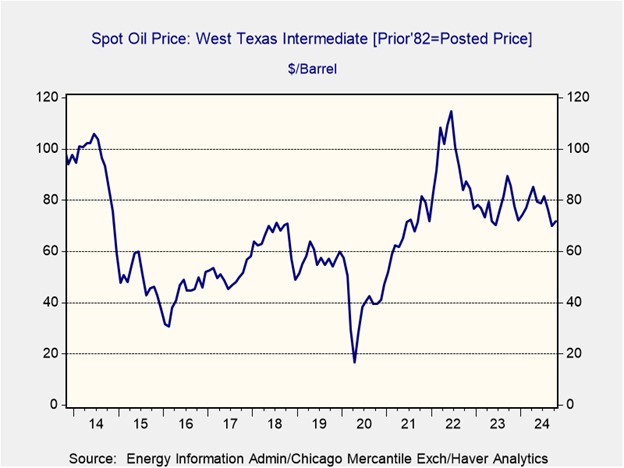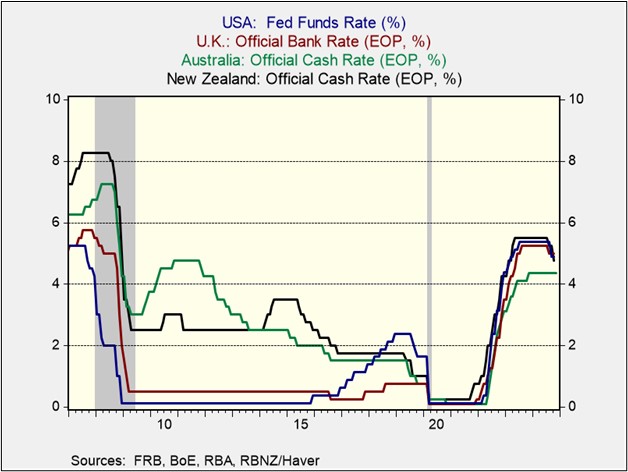by Patrick Fearon-Hernandez, CFA, and Thomas Wash
[Posted: 9:30 AM ET] | PDF
Our Comment today opens with news of an impending Russian and North Korean attack to push the Ukrainians out of their small foothold in the Kursk region. We next review several other international and US developments with the potential to affect the financial markets today, including new details on China’s latest fiscal stimulus program and President-Elect Trump’s latest personnel and policy moves.
Russia-Ukraine Conflict: US and Ukrainian officials say Russia has massed some 50,000 troops, including North Koreans, around the small Kursk area currently held by Ukraine. The officials believe the Kremlin will launch a major attack on the Ukrainians in the coming days, hoping to finally eject them from their only substantial position in Russia proper. If such an offensive is successful, it would leave the Ukrainians without a key bargaining chip in the event that the new Trump administration forces them into negotiations with the Russians.
Russia: The Kremlin is reportedly exploring a plan to merge Russia’s three largest oil companies into one national champion. The plan would fuse state-owned firms Rosneft and Gazprom Neft with independently owned Lukoil, forming what would be the world’s second-largest oil company after Saudi Aramco. If it’s consummated, the merger would also give President Putin more control over the Russian energy sector and global oil prices.
Japan: The Diet today voted to keep Prime Minister Ishiba in power, even though his long-ruling coalition between the Liberal Democratic Party and Komeito lost its parliamentary majority in the October election. Ishiba won his victory only with the support of the newly popular, center-right Democratic Party for the People. Going forward, that means Ishiba will be one of Japan’s weakest prime ministers, crimping his ability to enact new economic or security measures.
Chinese Fiscal Policy: We now have more detail on the new local-government refinance plan from the National People’s Congress, which we flagged in our Comment on Friday. The program gives local governments new debt quotas and budget flexibility to refinance 10 trillion renminbi (about $1.4 trillion) in high-cost, risky debt currently hidden in off-budget financing vehicles. Spread over five years, the plan could help local governments replace most of their current high-cost hidden debt with lower-cost, on-budget debt approved by Beijing.
- As part of the announcement, the government said local governments currently have about 14.3 trillion RMB (about $2.0 trillion) in hidden debt. The program aims to cut the total to just 2.3 trillion RMB (about $320 billion) by 2028.
- By replacing local investors’ high-interest loans with lower-cost, on-budget loans, the program aims to ease local governments’ current fiscal squeeze, giving a modest boost to overall economic growth.
- All the same, the main impact of the program might be to reduce the risk of defaults and financial crises by local governments. In other words, the priority may have been fiscal stability more than spurring economic growth. We continue to think the program will only provide a modest boost to Chinese economic growth going forward, meaning China will probably not regain its position as a prime engine of global economic growth.
Chinese Price Inflation: Reflecting China’s weak economic growth, the October consumer price index was up just 0.3% from the same month one year earlier versus a 0.4% rise in the year to September. The October producer price index was down 2.9% on the year compared with an annual 28% fall in the previous month. The deflation at the wholesale level is consistent with Western criticism that China has over-invested in its manufacturing sector and is now dealing with excess production, much of which is being exported at fire-sale prices.
United States-Taiwan-China: According to confidential sources, Taiwan Semiconductor Manufacturing Company (TSM) has told its mainland China customers that it will no longer accept their orders for advanced artificial-intelligence semiconductors. The move comes after reports that Chinese telecom equipment giant Huawei apparently used front companies to buy such chips from TSM despite US rules blocking it from acquiring the technology. New reporting over the weekend said the US Commerce Department ordered TSM to take the action.
- The TSM move is yet another example of how technology flows between the US geopolitical bloc and the China bloc are being curtailed.
- TSM’s move to stop all advanced sales to China is extreme, but we suspect it will be followed up by similar moves in the future. In our view, global fracturing into relatively separate geopolitical and economic blocs will continue. These conditions will result in less efficient global supply chains, higher costs, higher inflation, and higher interest rates going forward.
United States-Taiwan: The Taiwanese government is reportedly considering a large purchase of US ships, jets, missiles, and other weapons systems to signal to the new Trump administration that it is serious about defending itself against China. Of course, the large purchase could also be a boon to US defense firms such as Lockheed Martin and Northrop Grumman. If completed, the purchase would help validate our view that geopolitical tensions will spur higher defense spending worldwide in the coming years, producing good returns for global defense firms.
US Politics: President-Elect Trump said on Saturday that his new administration would not include either Mike Pompeo, his former secretary of state and CIA director, or Nikki Haley, his former ambassador to the UN. It seems highly likely that the announcement was retribution for Pompeo’s and Haley’s past attacks on Trump’s policies. An early, highly public punishment against them would help signal that Trump will prioritize loyalty in his new administration.
- Nevertheless, it is notable that both Pompeo and Haley are strong hawks regarding the national security threat from China.
- It still seems certain that Trump will be tough on China when it comes to trade and other economic concerns, but now that he’s jettisoned Pompeo and Haley, we’ll be looking closely at future personnel and policy announcements to gauge how tough he’ll be against China’s military and geopolitical aggressiveness, especially in the Indo-Pacific.
US Fiscal Policy: The Wall Street Journal today carries a useful article on the challenges Republicans now face in deciding how much of an expansion in the federal budget deficit they will accept to advance their tax cuts in 2025. According to the article, Republican leaders are kicking around various figures for “The Number,” but the negotiations are only beginning, and a final proposal may not be ready until early next year. The decision is considered a test of strength between the party’s deficit hawks and its tax cutters.



